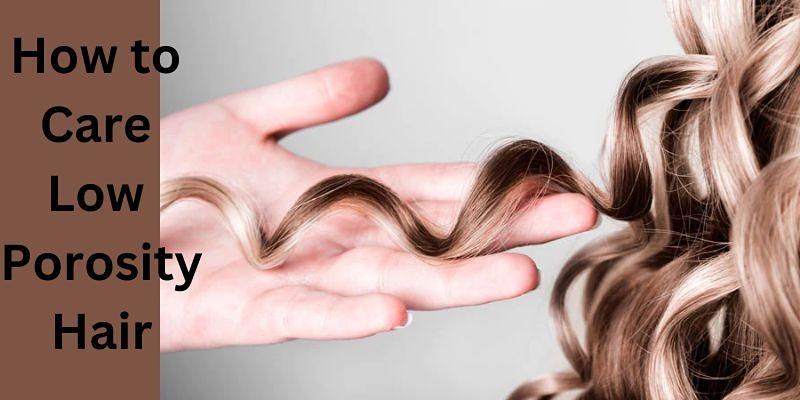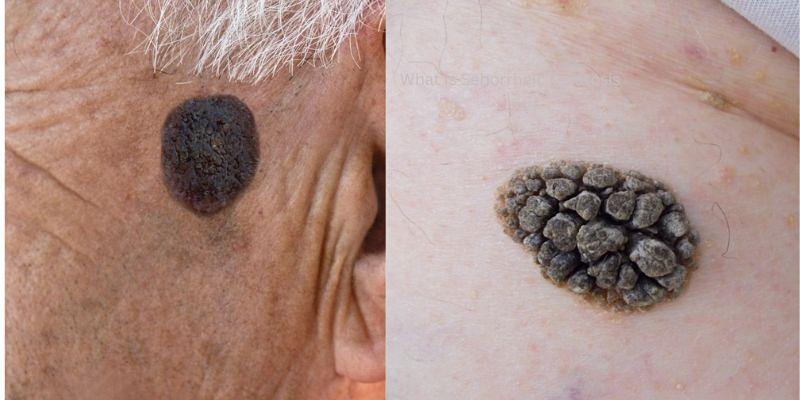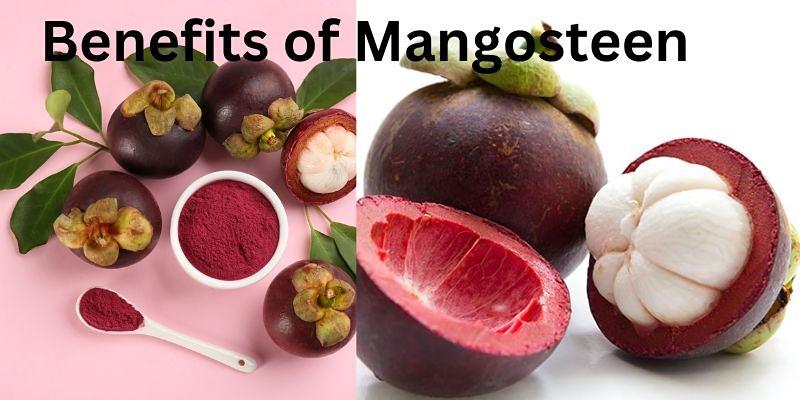If you have low-porosity hair, the best thing you can do to keep it in good condition is to understand how it works and what kind of care it needs. Low porosity hair is naturally more resistant to absorbing moisture from outside sources, so figuring out proper styling techniques and products that work for this type of texture is crucial for maintaining softness and shine.
In this blog post, we'll review everything you need to know about caring for low-porosity hair - from tips on avoiding common mistakes when washing or deep conditioning your strands to our top product picks to moisturize hard-to-penetrate locks. Get ready to finally unlock the secrets of having healthy low, porosity hair!
What is low-porosity hair?
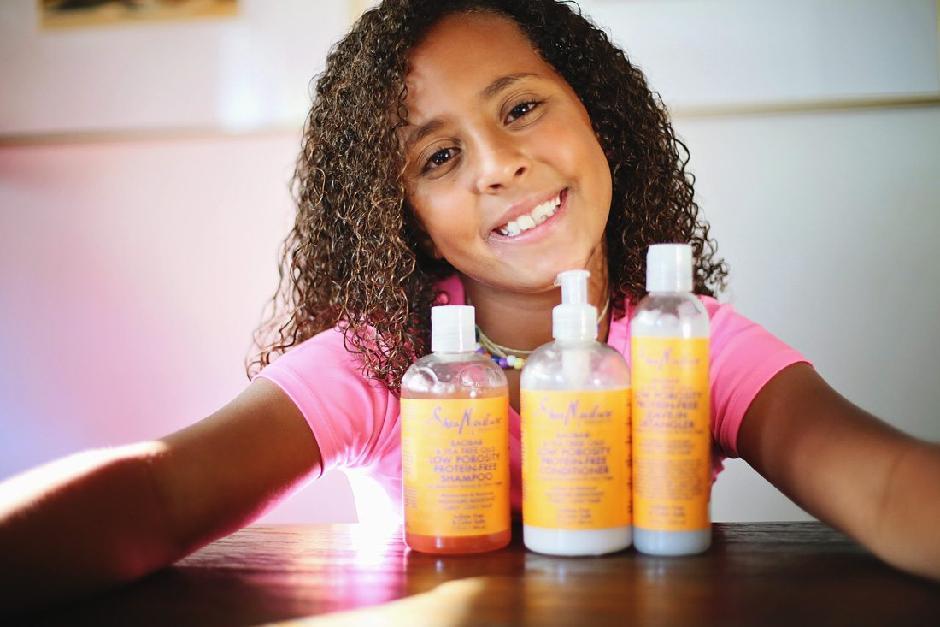
Low porosity hair is characterized by a tightly bound cuticle layer that resists moisture and products from penetrating the hair shaft. This type of hair is usually oily at the root, dry and brittle at the ends, and prone to product buildup when not properly cared for.
Characteristics of Low Porosity Hair
Low porosity hair is characterized by its difficulty absorbing moisture and products and its tendency to resist styling. Low porosity strands are tightly bound cuticles that make up the outer layer of your hair strands, making it difficult for water and other substances to penetrate.
How to Care for Low-Porosity Hair
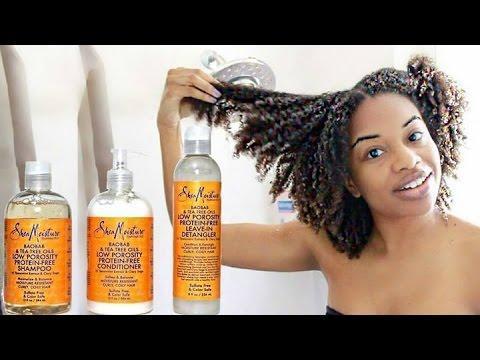
Low-porosity hair often has difficulty absorbing moisture, resulting in problems such as dryness, flakiness, and frizz. It's important to take special care when caring for low-porosity hair. Here are some tips to help keep your low-porosity locks looking their best:
1. Use Lightweight Oils
Oils such as jojoba, grapeseed, and argan can help seal in moisture. These oils are lightweight, so they don't weigh down your hair or leave it looking greasy.
2. Use Heat When Deep Conditioning
Low porosity hair can benefit from deep conditioning treatments, as they help to open up the cuticles and allow moisture to penetrate. Applying heat while deep conditioning can be especially beneficial, as it helps open the cuticles even more.
3. Avoid Heavy Products
Heavy products such as thick conditioners and styling creams can weigh down low-porosity hair and make it look greasy. Instead, opt for lighter products like mousses, gels, and sprays.
4. Use Gentle Cleansers
Choose a gentle cleanser such as a sulfate-free shampoo or co-wash to cleanse your hair. These cleaners are less likely to strip your hair of natural oils and moisture.
5. Protect Your Hair
Protecting your hair before using heat styling tools is essential for low-porosity locks. Always use a heat protectant spray before blow-drying or flat-ironing, which will help minimize damage caused by high temperatures.
6. Steam The Hair
Steam treatments can help open the cuticles of low-porosity hair and allow more moisture to penetrate. Invest in a good-quality steamer, or try using hot towels to get the results you're looking for.
7. Treat &'' Prevent Build Up
Because low-porosity hair cannot easily absorb moisture, it can be prone to product buildup. It's important to use a clarifying shampoo now and then to remove any build-up and keep your strands looking their best.
8. Beware of Protein Treatments
Protein treatments are a great way to strengthen and repair damaged hair. However, they can be too heavy for low-porosity locks. If you use a protein treatment, make sure it's certainly formulated for low-porosity hair.
By following these simple tips, you can ensure that your low-porosity hair is healthy and manageable. With the right care, you'll be able to maintain your locks in top condition.
What to Avoid in Your Low Porosity Hair Regimen
Heavy Products and Oils
While oils and heavy products are generally good for hair, they can hinder those with low porosity hair. This is because these products may not absorb properly into the hair's cuticle layer, leading to product buildup. Try using lighter-weight products such as leave-in conditioners or light oils that will provide hydration without all the heaviness.
Heat
Excessive heat can be damaging to any hair, but particularly so for low porosity hair. Heat can cause damage to each strand by breaking down the bonds in the cuticle layer and causing it to swell up. This makes it harder for products to penetrate the strands, leading to product buildup. To help retain moisture, use heat sparingly or not at all.
Too Much Protein
Protein is important for hair health, but too much can damage low-porosity hair. This is because the cuticle layer becomes overly hard and rigid, making it difficult for moisture and other products to penetrate the strands. Try using protein-free products or ones containing mild proteins such as milk, oat, and quinoa.
Silicones
Silicones are often used in products to help create a protective barrier on the hair and provide shine. However, this can also hinder low-porosity hair as it prevents moisture from penetrating the strands. Try using silicone-free products or ones that contain water-soluble silicones instead.
Protein Treatments
Protein treatments can benefit many hair types, but those with low porosity hair should use them sparingly. This is because protein treatments tend to harden the cuticle layer, making it difficult for moisture and other products to penetrate the strands. Instead, focus on using deep and leave-in conditioners that provide hydration without hardening the cuticle layer.
What Your Low Porosity Hair Needs
Low porosity hair is a type of hair that needs extra care and attention. It's important to note that low-porosity hair has more difficulty absorbing water, making it difficult to keep hydrated.
Low porosity hair can also be prone to breakage due to the inability of moisture and proteins to penetrate the cuticle layer. To keep your low-porosity hair healthy, you can take a few simple steps to ensure it gets the care and nourishment it needs.
FAQs
What should low-porosity hair avoid?
Low-porosity hair should avoid heavy oils and products that contain ingredients such as shea butter, mango butter, and cocoa butter. These can seal the cuticle and make it difficult for moisture to penetrate.
Additionally, products with high concentrations of alcohol should be avoided because they can dry out the hair further. Lastly, sulfates are not recommended as they can strip natural oils from the hair and further disrupt moisture levels.
How do you moisturize low-porosity hair?
Moisturizing low-porosity hair can be a challenge. It is important to use products that are lightweight and water-based. This will allow the moisture to penetrate the hair rather than sit on top of it.
Start using a leave-in conditioner or a light moisturizer, then seal the moisture with an oil like jojoba or almond oil. When styling, use products that add moisture, such as a light mousse or gel.
How should you wash low-porosity hair?
It is important to use a gentle cleanser when washing low-porosity hair. Sulfate-free shampoos are best as they will not strip the hair of natural oils. Additionally, avoid using hot water, as this can cause the cuticles to close and make it difficult for moisture to penetrate.
Instead, opt for lukewarm or cool water. It is also important to use a deep conditioning treatment after washing to help the hair absorb and retain moisture.
Conclusion
In Conclusion, caring for low-porosity hair requires extra patience and effort. Understanding your hair's needs is important to properly care for it.
We recommend using light products that contain natural ingredients and gentle methods such as co-washing, pre-shampoo treatments, steaming, and protective styling.
Although each head of hair is different, following the tips and techniques above can ensure that your low-porosity hair is healthy and happy.
